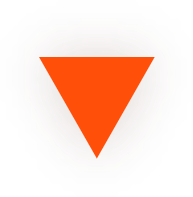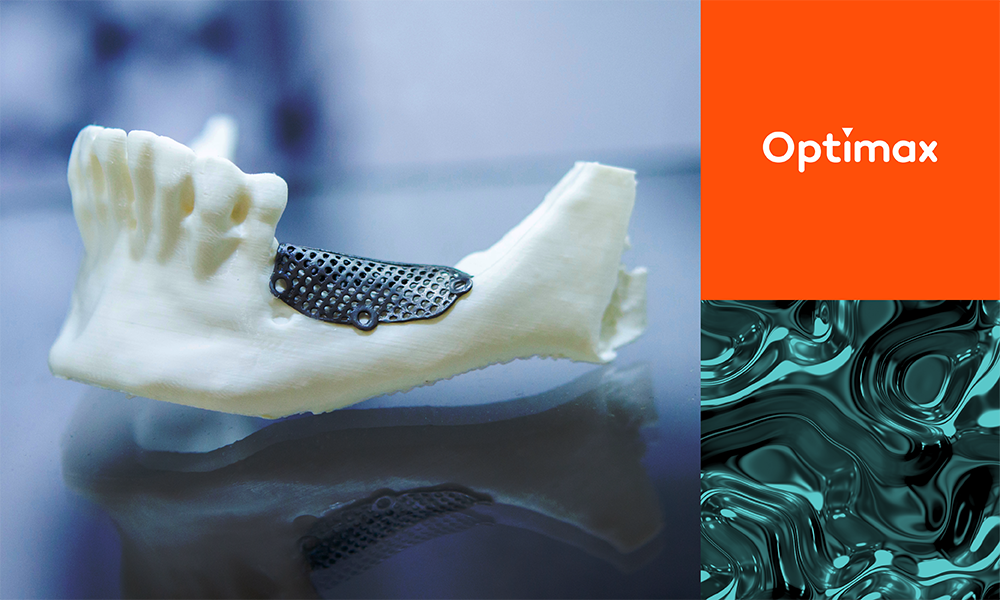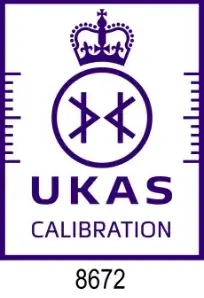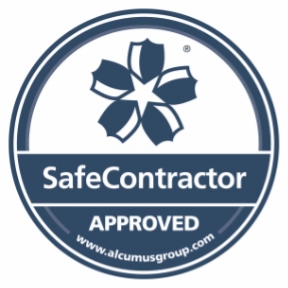The market today demands zero defects at maximum speed. For manufacturers in aerospace, medical, and high-tech sectors, this isn’t just a goal—it’s the cost of entry. Traditional inspection methods simply create bottlenecks.
At Optimax, our entire philosophy is built around high-precision metrology. We see 2026 as the year the inspection lab truly moves onto the shop floor. Our job is to help our clients move from detecting defects to preventing them.
After countless site visits by engineers and application support on hands-on integration projects, our team has curated a list of the five inspection technologies that are delivering the greatest leaps in production quality and efficiency right now.
1. High-resolution 3D optical metrology for form and finish
This is the new gold standard for surface intelligence.
We’re not talking about old-school profilometers; we’re focused on advanced systems using technologies like Focus Variation used by manufacturers such as Bruker Alicona on their 3D metrology systems. These devices capture a complete, non-contact 3D map of a component’s surface in mere seconds.
- Why It Matters to Your Bottom Line: It eliminates the need for multiple, time-consuming single-point measurements. You get verified data on everything—surface roughness, form deviation, and micro-geometry—all from a single scan.
- The Optimax Takeaway: Our clients are using these tools to validate their most complex parts (think, femoral heads, Injector Nozzles & turbine blades) with a level of confidence and speed that tactile probing simply cannot touch. They love the fact that the systems can be used by operators without any metrology experience and provide so much data
2. AI-Driven automated vision systems (AVS)
The only way to guarantee 100% inspection in high volume.
The true magic in modern machine vision is not the optics; it’s the Artificial Intelligence behind it. Products such as the Kitov Core-Plus doesn’t just follow rules; it combines traditional machine vision techniques such as automated lighting control, deep learning, 2D and 3D imaging and intelligent robotic planning to generate an inspection solution fit for most industrial environments. It recognises the difference between a good part and a bad part, even subtle cosmetic flaws, or material inconsistencies that a human eye might miss after a long shift.
- Why It Matters to Your Bottom Line: It completely removes human variability from inspection. We’ve seen these systems integrate seamlessly into high-speed production lines, providing verifiable, instant pass/fail decisions and maintaining world-class throughput, especially in “lights-out” operations.
- The Optimax Takeaway: If your production rate is measured in parts per minute, an AI-powered AVS is the single most effective tool to eliminate costly outgoing quality failures.
- Automated Multi-Sensor Benchtop Systems (The Starrett AVR300 Advantage)
3. The flexible CNC workhorse that lives right next to your production line
For shops that run a high mix of smaller, flat, or moulded components (e.g., medical devices, stampings, electronics parts), the Starrett AVR300 is the essential, automated, near-process tool. It’s a granite-based VMM designed to sit stably on a bench and deliver the full power of CNC-driven, multi-sensor measurement.
- Why It Matters to Your Bottom Line: It allows operators to run complex, pre-programmed inspection routines on batches of parts without advanced training. Its ability to stitch together images (“Superimage” technology) and combine non-contact vision with an optional Renishaw touch probe means it can handle nearly any 2D or 3D feature you throw at it—fast, repeatedly, and right where the parts are being made.
- The Optimax Takeaway: This machine is all about versatility and trust. It moves the complex measuring out of the darkroom and onto the shop floor, dramatically reducing inspection cycle times and giving you micron-level confidence at every stage.
4. Collaborative robot (cobot) integrated 3D scanning (The Bruker Alicona Cobot System)
Bringing CMM accuracy to the part—wherever it is.
For large-format parts, like engine blocks, turbine housings, large tools or blisks, the challenge is getting high-resolution data on small, critical features (e.g., surface roughness in a bore, or an edge break on a blade). The Bruker Alicona Cobot system solves this by mounting an ultra-high-resolution, non-contact 3D optical sensor onto a collaborative robot arm.
- Why It Matters to Your Bottom Line: It allows high-resolution metrology to be taken to the component, eliminating the need to move massive or complex parts to a static CMM lab. The Cobot’s intuitive teach-in programming makes it simple for operators (no metrology knowledge required) to define a measurement series and check features with micron-level accuracy in a factory environment.
- The Optimax Takeaway: This setup breaks the barrier between the shop floor and the lab. It provides the flexibility to check micro-structured details or dimensional accuracy on parts that are simply too large or too heavy to be inspected with traditional high-resolution instruments.
5. High-speed optical shaft measurement systems
Dedicated Near-Process Shaft Measurement Systems
This is the benchmark for high-speed, high-accuracy quality control of turned components.
For manufacturers of shafts, camshafts, rotors, bone screws, or valves, the bottleneck often lies in trying to measure complex features like contours, threads, and form deviations using multiple manual tools. Systems like the Mahr MarShaft SCOPE plus solve this problem.
- Why It Matters to Your Bottom Line: It is designed specifically for the “next-to-process” environment. Operators can place a part on the machine, press a button, and get a full dimensional and form report in less than 30 seconds. The robust design means it can handle the temperature fluctuations and debris of the shop floor without compromising its micron-level accuracy.
- The Optimax Takeaway: We love its dual-sensor capability—it combines optical measurement (for speed and density) with an optional tactile probe (for hidden or deeply recessed features). It removes the time-consuming process of moving parts to a CMM lab, allowing operators to make immediate adjustments to their turning centres and keep the process stable. It’s pure, immediate feedback software than ever before. It’s an immediate gain in both speed and data integrity.
The future is metrology-driven
The most successful manufacturers in 2026 will be those who view metrology not as a necessary evil, but as a competitive advantage. These five tools share a core trait: they deliver faster, more actionable data directly where it is needed—on the production floor.
Ready to stop looking for defects and start preventing them? Contact Optimax today to discuss a tailored inspection roadmap for your facility.
